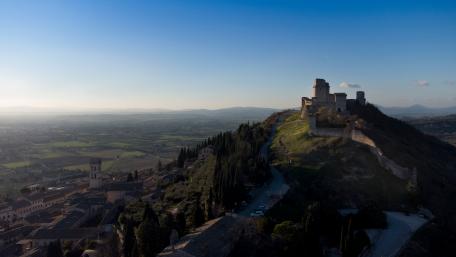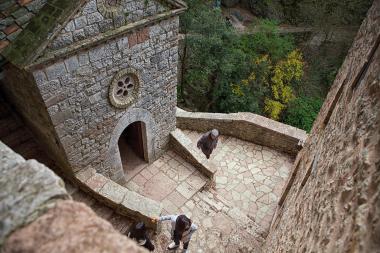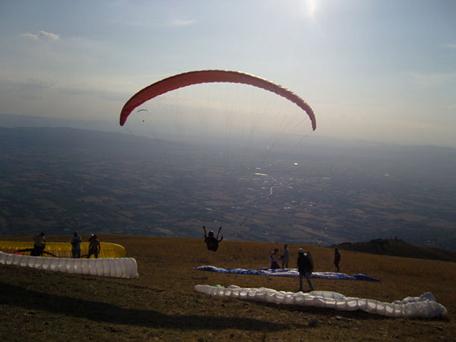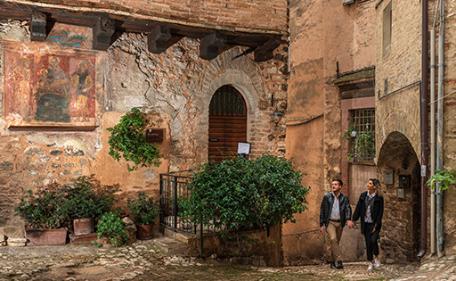The Monte Subasio Park area presents optimal conditions for viticulture and olive growing.
Wine and oil, two typical products of great value, to which is also added honey, characterised by the scent and taste of the many botanical species present in the Park.
FOOD AND WINE - FOOD AND WINE - Destinazione Subasio
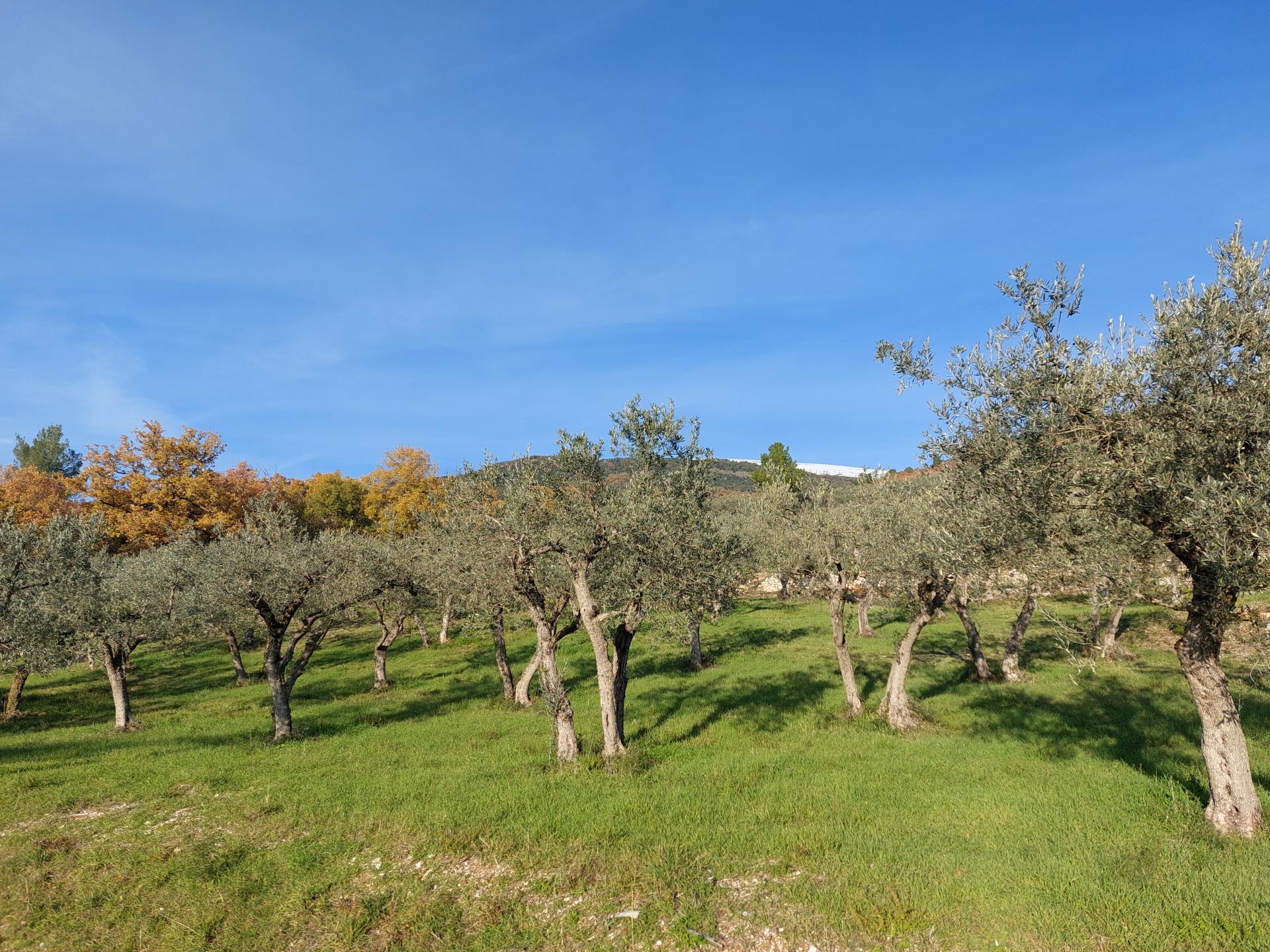
Cuisine et vin
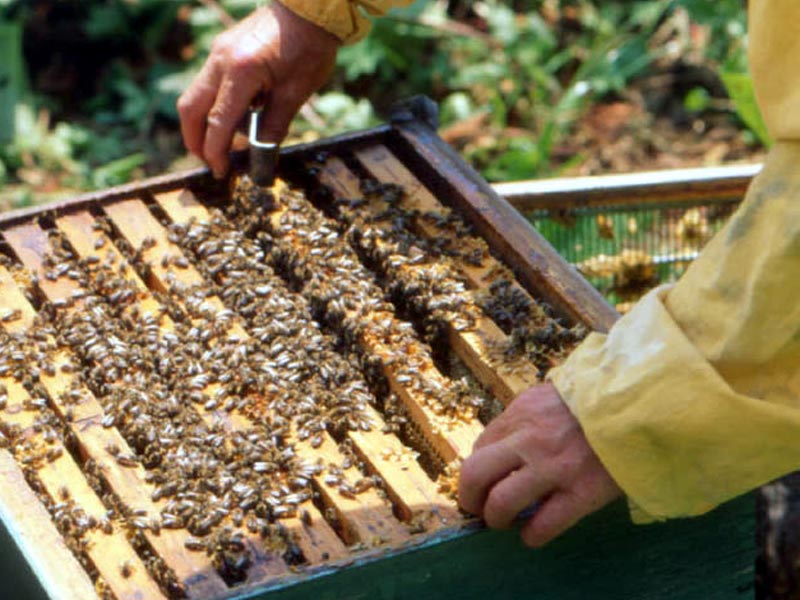
Honey
A genuine and delicate product of nature with exceptional nutritional and beneficial properties that, in addition to fructose and glucose, contains enzymes, vitamins and essential oils, and has been considered the 'food of the gods' since antiquity.
This is the honey of the Subasio Park where nature is intact and where the abundance of flowers makes it possible to obtain a nectar that carries with it all the fragrance and flavour of the many botanical species present.
They range from 'millefiori' to single-flowered: acacia, chestnut, sunflower, heather, eucalyptus, lime, thyme. Each with its own characteristics of sweetness, colour, texture, graininess and fragrance.

Extra virgin olive oil
Amidst the green Umbrian hills, the olive tree stands out, a plant that in many ways well represents Umbria, a land that lovingly preserves centuries-old traditions. The tasty extra virgin olive oil “DOP” Umbria can best represent the regional gastronomy, rich in poor dishes in which olive oil, either 'raw' or as a base for preparation, holds the role of primary actor.
Umbria is the first Italian region to have obtained "DOP" recognition throughout the region. The “DOP” Umbria denomination is accompanied by five geographical mentions to identify five sub-zones in which the oil can be produced: Colli Assisi Spoleto, Colli Martani, Colli Amerini, Colli Orvietani, Colli del Trasimeno, which must be compulsorily present in the labelling of the oil. Each one differs according to soil and climate conditions, varietal, geography, agronomic techniques and oil-making methods.
The Sub-zone Colli Assisi Spoleto covers 29 municipalities in Umbria, all in the centre-east of the region, including Assisi, Spello, Foligno, Trevi, Campello, Spoleto and Arrone. The production regulations for 'Umbria Colli Assisi-Spoleto' PDO extra virgin olive oil state that the varietal composition of this product is as follows:
- Moraiolo, a typical and characteristic cultivar of Umbria, no less than 60%
- Leccino and Frantoio, alone or in combination, for no more than 30%
- other varieties for a quota of less than 10%.
The area in which the park lies is affected by the 'Umbria' extra virgin olive oil “DOP” road. This road is one of the specially signposted itineraries that pass-through places of great historical and cultural interest and with a strong vocation for oil production, and also includes olive groves and oil mills open to the public. This contributes to satisfying the needs of new types of tourists such as heliotourists (oil tourists) and gastronomic tourism enthusiasts.
Below is the 'flavour' (set of olfactory and taste sensations) of the main cultivars (varieties of a cultivated plant) in Umbria.
Moraiolo: the nose opens fruity and vegetal, rich in scents reminiscent of fresh olives, with hints of aromatic herbs accompanied on the palate by a definite bitter and spicy sensation.
Frantoio: the nose is characterised by a clear and elegant persistence of freshly cut grass, with harmonious hints of unripe apple accompanied on the palate by a right sensation of bitterness and spiciness.
Leccino: the nose opens with a delicate fruitiness reminiscent of floral notes and ripe fruit accompanied on the palate by harmonious sensations of sweet almond and slight bitterness and spiciness.
San Felice: opens with ample and delicate sensations of field grass and artichoke, confirmed on the palate by harmonious and lightly bitter and spicy sensations.
Dolce Agogia: the nose is rich in soft tones of almond and artichoke, matched on the palate by a right sensation of bitterness and pungency.
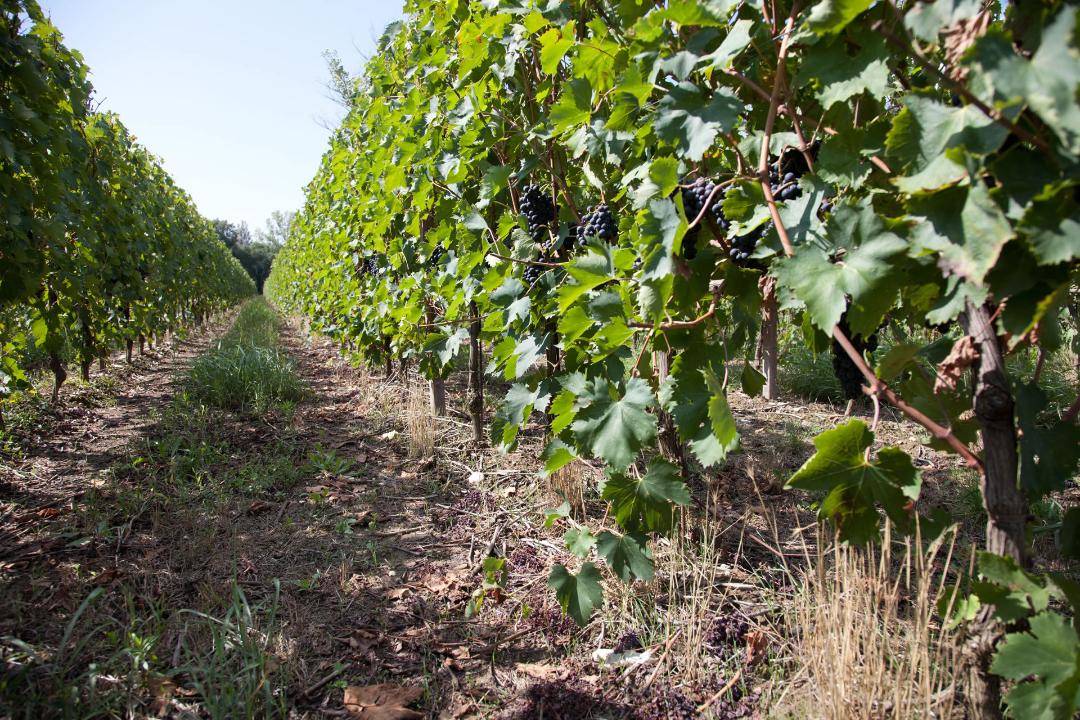
Wine
Wine production in the area tends to emphasise both native Umbrian grape varieties, such as Grechetto, and those that are widespread nationally and internationally. This wine-growing reality, even if quantitatively limited, is extremely articulate in terms of quality and is therefore able to offer the most suitable wine for every type of dish, thus satisfying the most demanding palates.
The production regulations for "Assisi" DOC wines provide for the following types of products: Bianco, Grechetto, Rosso, Rosato, Novello, Cabernet Sauvignon, Cabernet Sauvignon Riserva, Merlot, Merlot Riserva, Pinot Nero, Pinot Nero Riserva. The production area of 'Assisi' DOC wines falls, for the most part, on land in the municipalities of Assisi and Spello.
The area in which the Park lies is affected by the Strada dei Vini del Cantico, which is one of the four Wine Roads in Umbria. This road is one of the specially signposted itineraries that pass through places of great historical and cultural interest and with a strong vocation for wine production, and also includes vineyards and wine cellars open to the public. This contributes to meeting the needs of new types of tourists such as wine tourists and gastronomic tourism enthusiasts.

The flowers of Mount Subasio Park
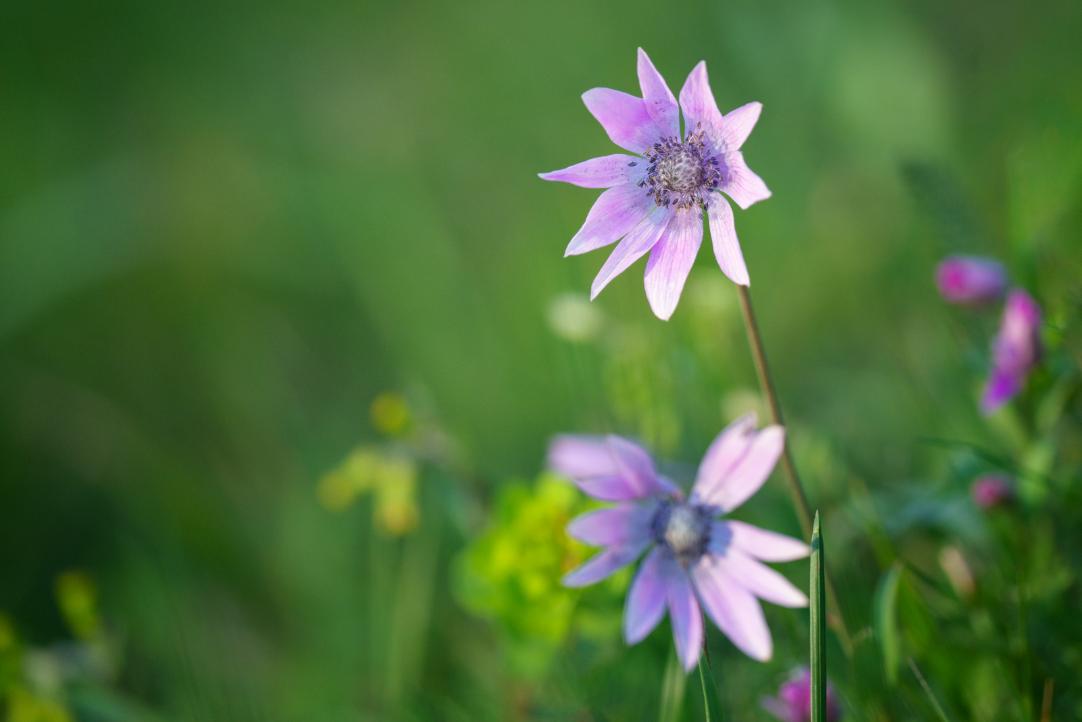
The flowers of Mount Subasio Park
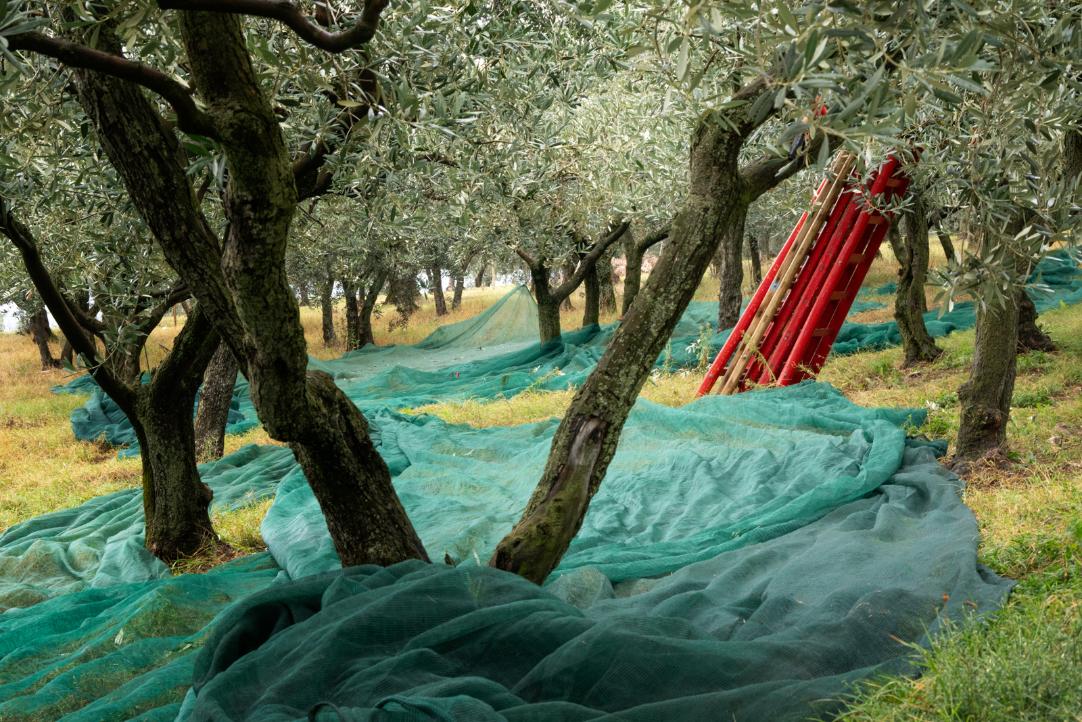
Olive harvest
